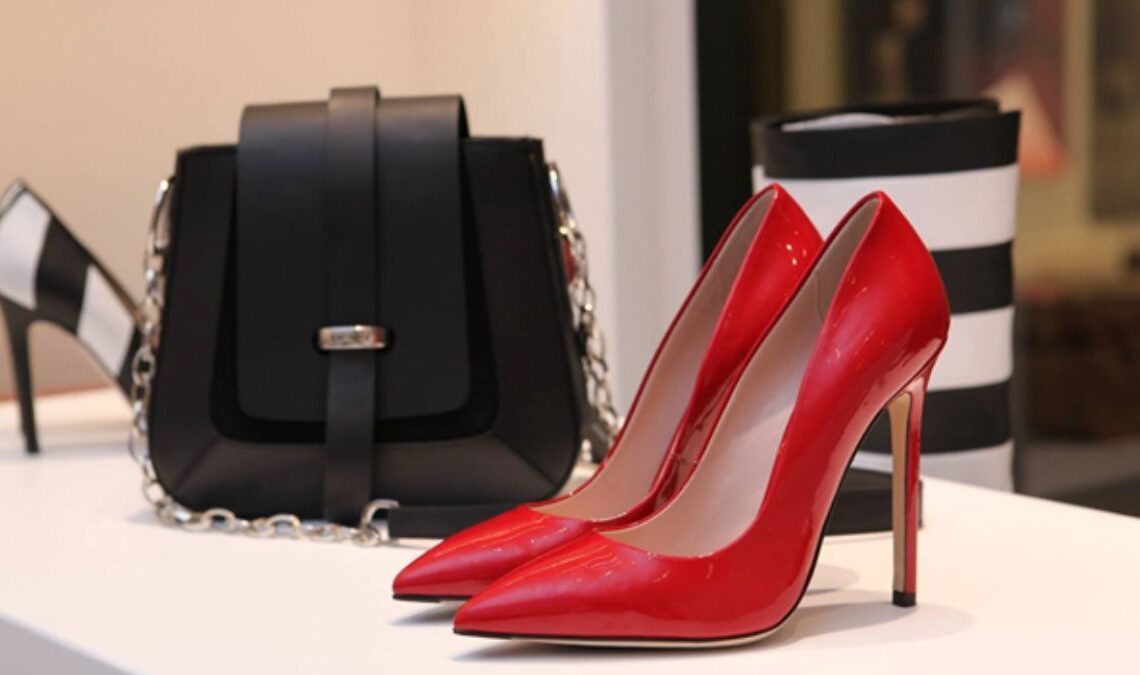Fashion is a global industry, with trends arising from creative hubs worldwide and spreading through media, celebrity culture, and consumer adoption. But which countries are driving the majority of worldwide fashion influence in the modern era? By examining the impact of leading fashion centers and their cultural exports, we can identify some of the most significant trendsetting nations shaping how people dress across the planet.
In this article, we’ll uncover four countries that have stood out in the fashion scene, setting the pace for others to follow.
Australia
Australia may be geographically isolated, but its relaxed beach culture and vibrant creative scene have made the Aussie style iconic worldwide. Australian brands like Zimmerman, Sass & Bide, and Bec & Bridge have found global fame by creating breezy, sexy chicness in their designs. Meanwhile, Australian models and media stars are further amplifying this aesthetic.
As early as the 1950s, Australian models and socialites captured international attention by traveling abroad wearing daring bikinis and stylish resort wear. Australian supermodels like Elle Macpherson, Miranda Kerr, and Nicole Trunfio have since trodded the catwalks of Paris and Milan wearing modern and cool clothing. Celebrity trendsetters like Margot Robbie and Nicole Kidman ensure they represent the Australian fashion identity by wearing designers like Dion Lee, Camilla, and Marc on Hollywood’s red carpets.
A key driver of the impact of Australian fashion and style has been social media. Top Australian influencers like Margaret Zhang and Nicole Warne share relaxed street style and beach looks with millions of followers worldwide. Their posts spotlight emerging Aussie labels like Ginger & Smart, while collaborations with global brands like Mango and Guess spread Australian inspiration further. Even major American labels like Levi’s hire Aussie brand ambassadors to tap their sway.
Thanks to this cultural presence, Australian-style staples like denim cutoffs, patterned midi dresses, and leather sandals have infiltrated mainstream fashion globally. And demand for that sun-kissed Aussie chicness shows no signs of slowing down.
France
As one of the established high fashion capitals, France has long had a major influence over global style thanks to its stable collection of renowned design houses. Powerful Parisian maisons like Chanel, Dior, and Yves Saint Laurent have dictated luxury trends for decades through their iconic runway collections and red-carpet dressings of celebrities.
The stark but sensuous silhouettes that Christian Dior debuted after WWII reset definitions of femininity and luxury in women’s fashion for a generation. When stars like Nicole Kidman and Penelope Cruz wear custom Dior gowns to the Oscars, the images still captivate the public.
Yves Saint Laurent took classic men’s suits and made them sexy and empowering for women in the 1960s and 70s. Current Saint Laurent designer Anthony Vaccarello has revived that approach with sharp tailoring and leg-baring minis for contemporary celebs like Zoe Kravitz and Rosé Park to flaunt on the red carpet.
Beyond the ateliers, French street style stars like Jeanne Damas and Camille Charriere have shown the world how Parisians mix high and low with unruffled charm through blogs and Instagram posts.
Italy
Italian brands have spent decades dressing the world’s elite, from Bottega Veneta’s intrecciato weave bags right after WWII to Gucci’s Tom Ford-era satin glam in the 90s and Max Mara’s preppy coats beloved by royals. That reputation for indulgent luxury remains intact today, even as some labels like Prada and Valentino also intermix avant-garde style concepts.
Beyond just classic dolce vita polish, Italy has also given the globe much of its sense of sexy, flirtatious dress via lingerie brands like La Perla and Intimissimi. Emerging labels like Alanui, Nervi, and The Attico seem poised to carry that sensual DNA forward.
On-screen and off, Sofia Loren and Monica Bellucci embody Italian sensuality. At the same time, icons like Anita Ekberg, Isabella Rossellini, Mariacarla Boscono, and, more recently, Matilda De Angelis make Italian allure magnetic.
Today, new-gen digital stars Chiara Ferragni and her sister Valentina boast a combined Instagram following of over 35 million. Their posts mix high fashion with mass collaboration ranges, seeding Italian style desire globally.
United States of America
As the world’s dominant entertainment empire, America employs a top-down saturation model that radiates casual culture outwards through celebrity endorsements and media placement.
Homegrown streetwear labels like Supreme and Palace skateboards disrupted male dress codes by sampling workwear and prep tropes into viral pieces. Rihanna wearing a Supreme side bag or Beyoncé gifting her dancers’ Off-White sneakers grants these items further cool clout.
Globetrotting supermodels like Kendall Jenner and Gigi Hadid act as channels, granting heritage Parisian houses a downtown edge for cross-branding. Celebrity stylist Law Roach explains America now sets trends the old establishment reacts to rather than vice versa.
Whether via streetwise sportswear or body-baring sexiness, American fashion influence now feels omnipresent thanks to its entertainment industry’s brute strength.
The Bottom Line
Australia, France, Italy, and the United States have all left enduring marks on global fashion for generations. Key aspects like Australia’s beach culture, France’s concept of luxury and sensuality, Italy’s dolce vita decadence, and America’s casual wear have irrevocably shaped how the world dresses.
Looking ahead, South Korea and China’s expanding pop culture prowess hints their creative lenses could soon diffuse styles to rival Western nations. India, too, possesses a vast labor force and consumer base that could ignite greater cultural sway.




